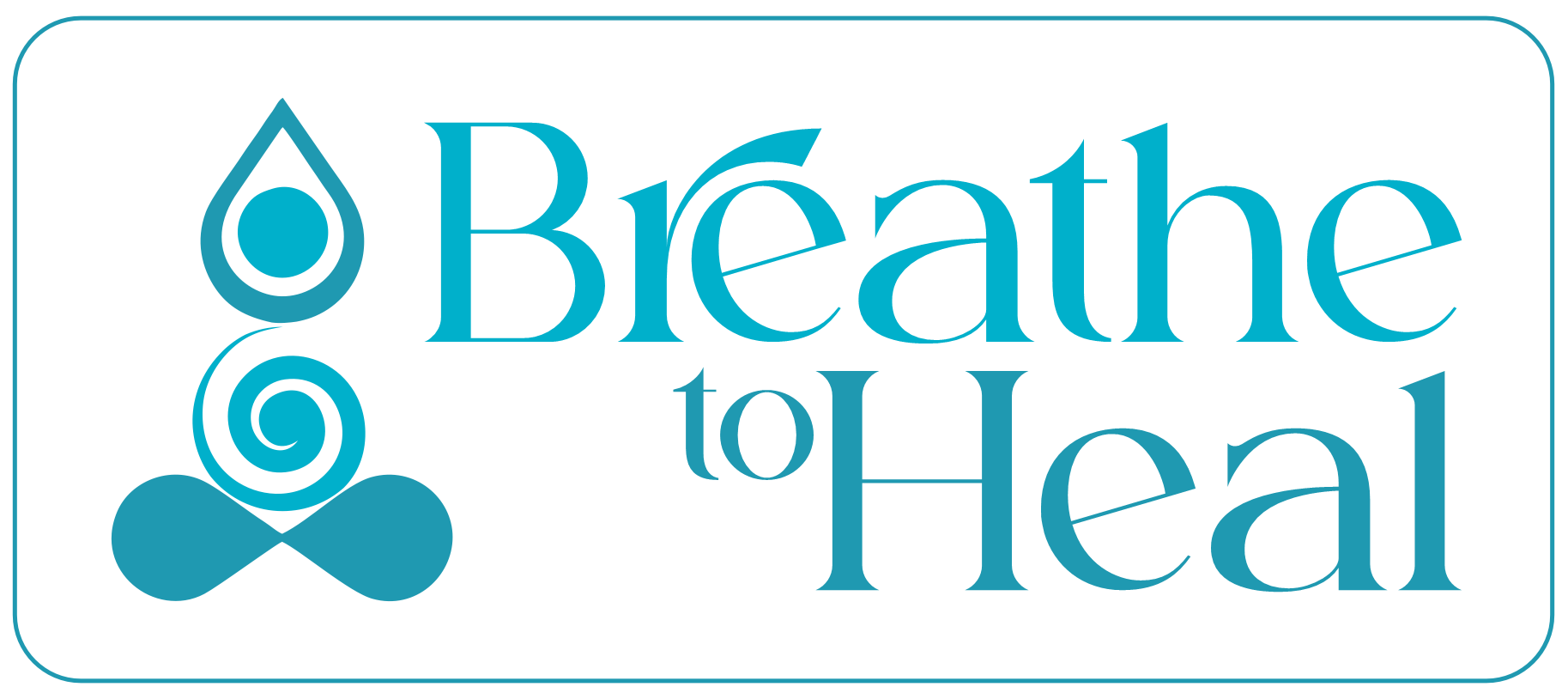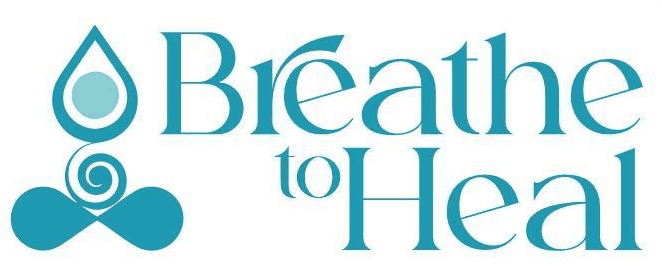Non-cardiac chest pain is surprisingly common. Many people experience chest pain without any issues with their heart. This pain can be worrying and confusing. Misunderstanding whether it’s heart-related or not can increase anxiety. But the non cardiac chest pain causes and remedies differ.
Non-cardiac chest pain often stems from stress or muscle strain. Understanding this can provide clarity and relief. Rather than reaching for medications first, consider how breath awareness helps in non cardiac chest pain. Surprisingly, a simple focus on breathing can be a powerful tool. It’s accessible, requires no special equipment, and can ease the discomfort. This blog explores the benefits of breath awareness as a self-help tool, its physiological impacts, and simple methods to try.
The Role of Breath Awareness in Alleviating Non-Cardiac Chest Pain
Breathing isn’t just vital for life—it plays a vital role in managing discomfort. When stressed, our breathing becomes quick and shallow, activating our nervous system’s ‘fight or flight’ response. However, deliberate breathing can manage this response, which is essential for stress reduction for chest pain using breath awareness.
Understanding breath awareness and chest pain sheds light on the connection to our body’s relaxation systems. Breathing deeply slows our heart rate, calming both our bodies and minds.
Conscious, slow breaths can: – Activate the parasympathetic nervous system, relaxing muscles – Reduce the stress hormones – Lower blood pressure and heart rate, improving our mood
Relaxation techniques particularly aid those prone to stress-related chest pain. They ease our nerves and offer an emotional sense of well-being. Regular relaxation breathing for chest discomfort helps us feel more in control.
Simple Breathing Exercises
1. Diaphragmatic Breathing: 2. Lie down comfortably. Place one hand on your chest and the other on your belly. 3. Breathe in slowly through your nose, letting your belly push your hand up. Your chest should stay still. 4. Exhale through your lips, feeling your belly lower. Repeat several times. 5. Slow Breathing: 6. Sit or stand comfortably. Relax your shoulders. 7. Inhale slowly through your nose, counting to four. 8. Hold your breath for a count of four. 9. Exhale through your mouth for a count of four. 10. Repeat these steps a few times.
These exercises introduce breath awareness techniques for chest pain and grant day-to-day relief. Integrating these practices alleviates tension and promotes relaxation.
Understanding the Psychological and Physiological Impact
Many of us can relate to the cornucopia of life’s stressors. Stress is often tightly knit with muscle tension, especially in the chest. When this matches up with anxiety, discomfort intensifies.
Incorporating breath awareness techniques for chest pain can redirect one’s focus. Subtly, it nudges our brains to sideline the discomfort and curb anxiety. Redirecting focus means fewer feelings of pain and more ease in tension.
Mindfulness impacts how we perceive pain and elevate our mood. Studies reveal that people practicing mindfulness report improved well-being and reduced pain sensitivity. These methods prove cost-effective, too, often leading to a downturn in healthcare visits and expenses. Thus, embracing how breath awareness helps in non cardiac chest pain can keep costs minimal as one improves health naturally.
Success Stories and Getting Started with Breath Awareness
People across the globe have felt the transformative power of breath awareness. Take John, who once experienced debilitating chest pain. Intimidated, he opted for every possible medical test. His results? “Not heart-related.” Though relieved, he wondered how to ease his pain on his own.
Discovering mindfulness for non cardiac chest pain relief changed everything. John incorporated daily breathing exercises—gradually, his pain waned. Now, breathing isn’t just about survival. It grounds him through life’s unpredictable waters.
Incorporating Breath Awareness into Daily Life
To start, pick a quiet place. Just ten minutes a day can significantly alter one’s experience of pain. Use breathing exercises for non cardiac chest discomfort, like those mentioned, as a stepping stone. Building a routine around these exercises ensures consistency.
Managing chest pain through breath focus can present hurdles, for instance: – Struggling to remember practice – Losing patience when immediate results don’t appear
Mitigate these with reminders or setting a specific time daily. Consistency outweighs short-lived intensity.
Finally, while these techniques are beneficial, they shouldn’t replace medical advice. Consulting professionals remains pivotal for anyone with persistent symptoms. This holistic approach ensures a thorough and effective path to managing non cardiac chest pain.
In summary, while chest pain not linked to the heart can be unsettling, adopting simple methods can empower you. Start with finding how breath awareness can bridge the gap between fear and ease.



